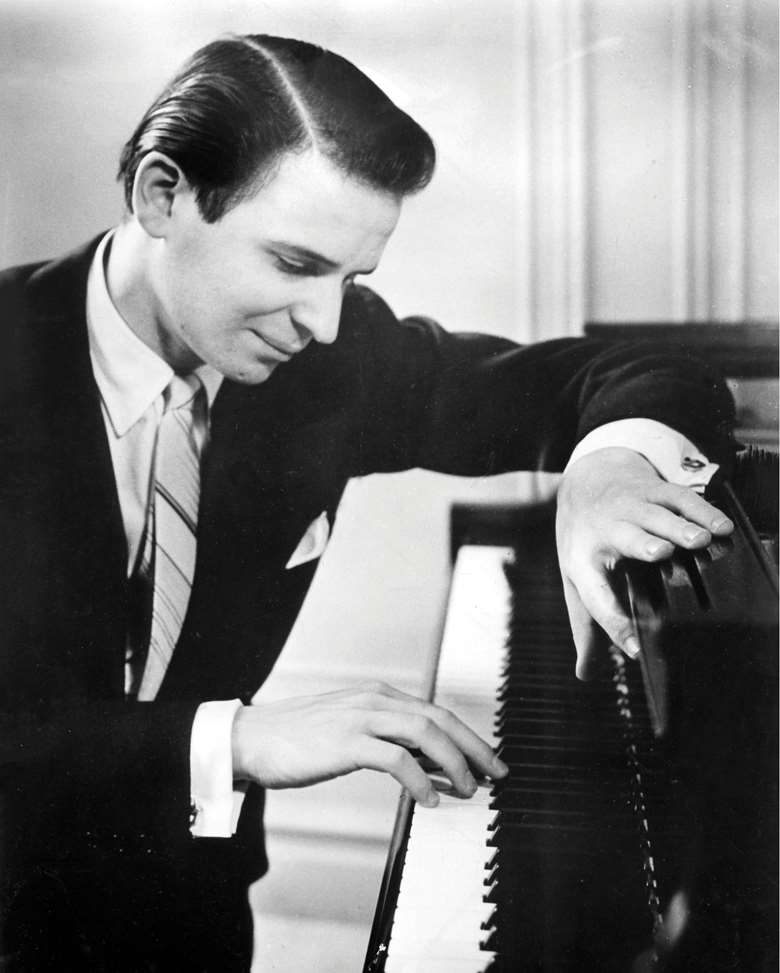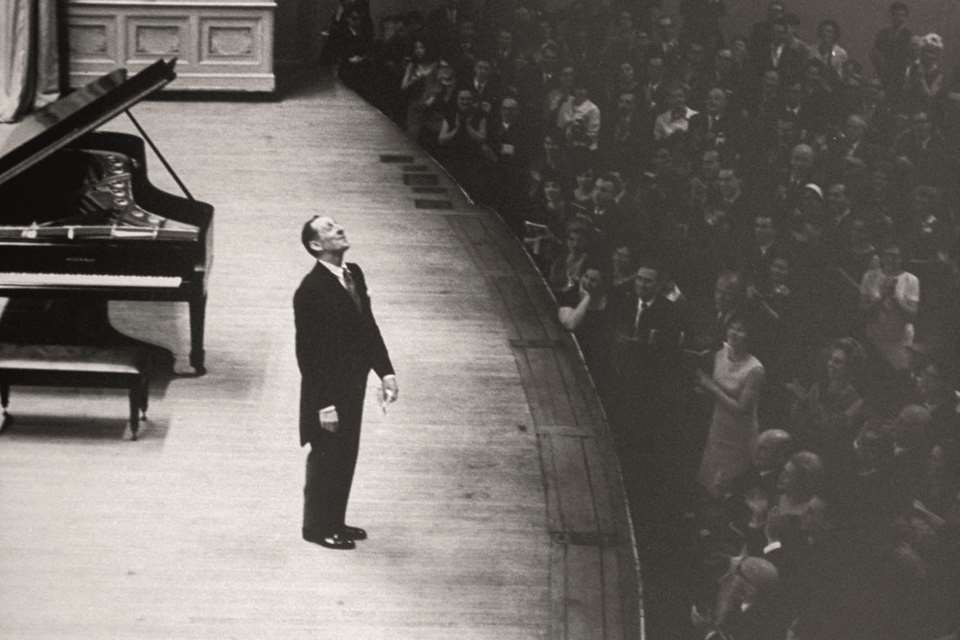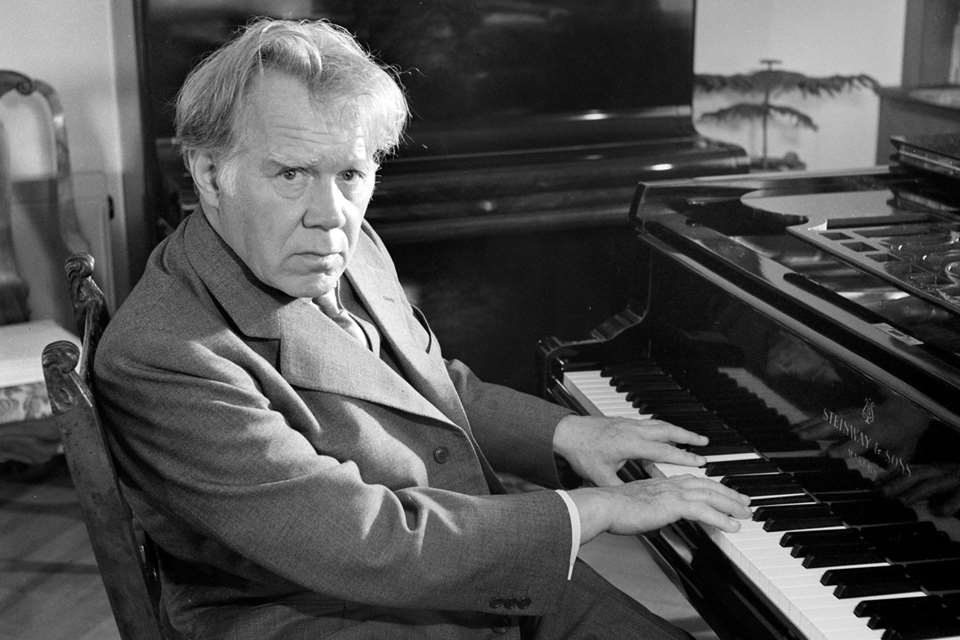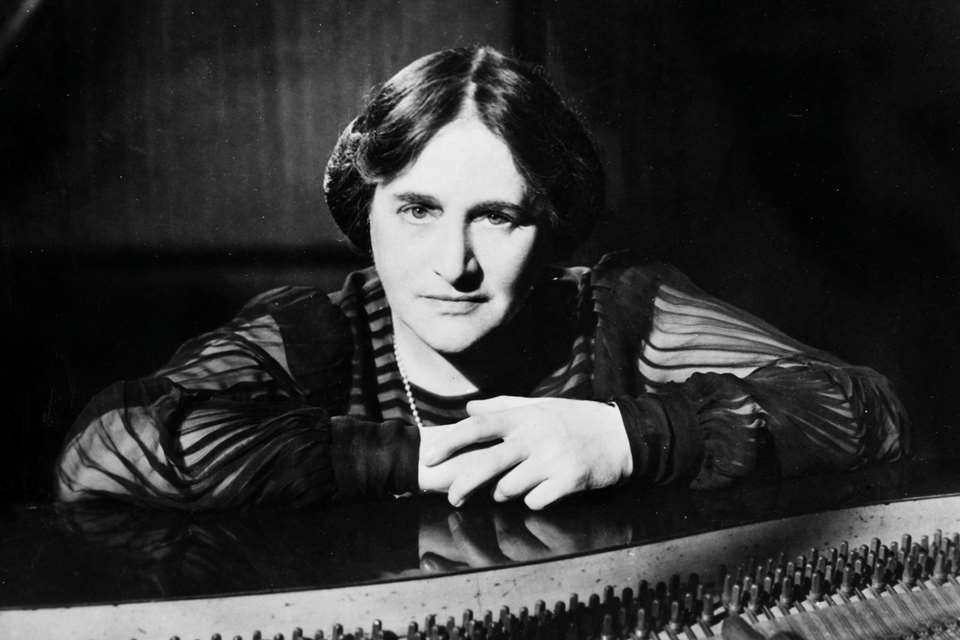Icon: Byron Janis
Jeremy Nicholas
Wednesday, March 20, 2024
Jeremy Nicholas pays tribute to one of the great American pianists, who in some ways surpassed even his teacher the legendary Vladimir Horowitz

Register now to continue reading
Thanks for exploring the Gramophone website. Sign up for a free account today to enjoy the following benefits:
- Free access to 3 subscriber-only articles per month
- Unlimited access to our news, podcasts and awards pages
- Free weekly email newsletter












